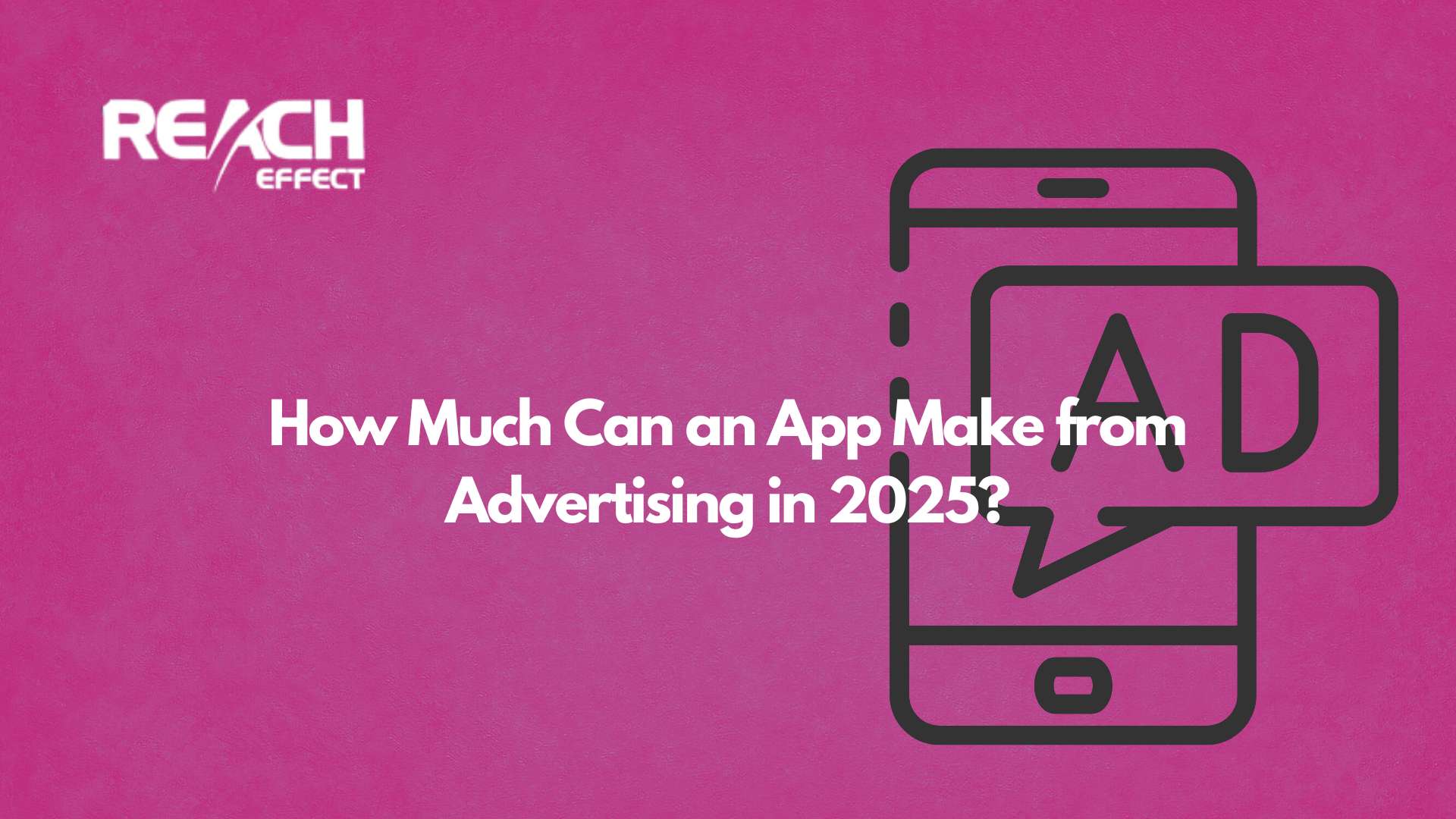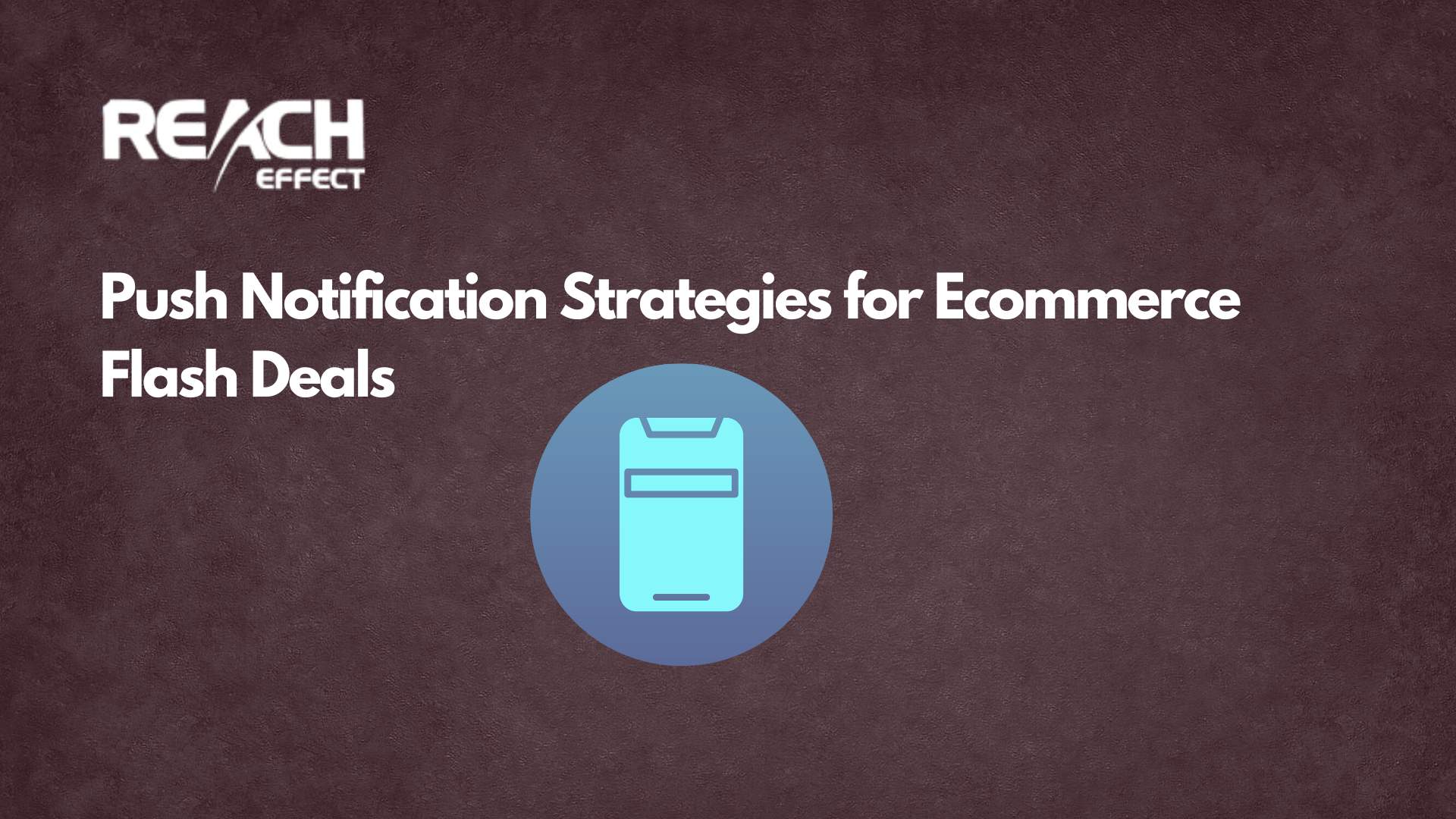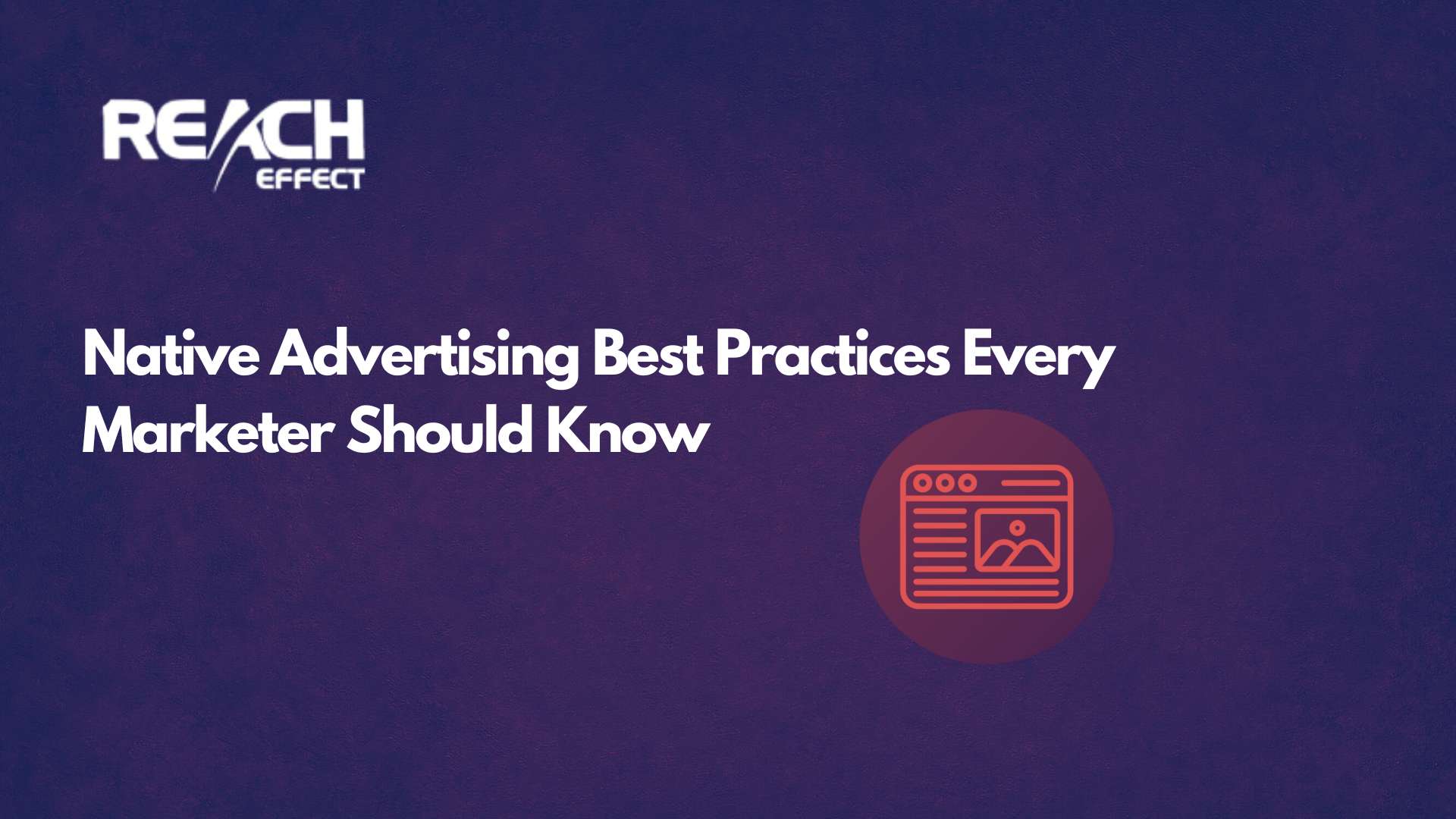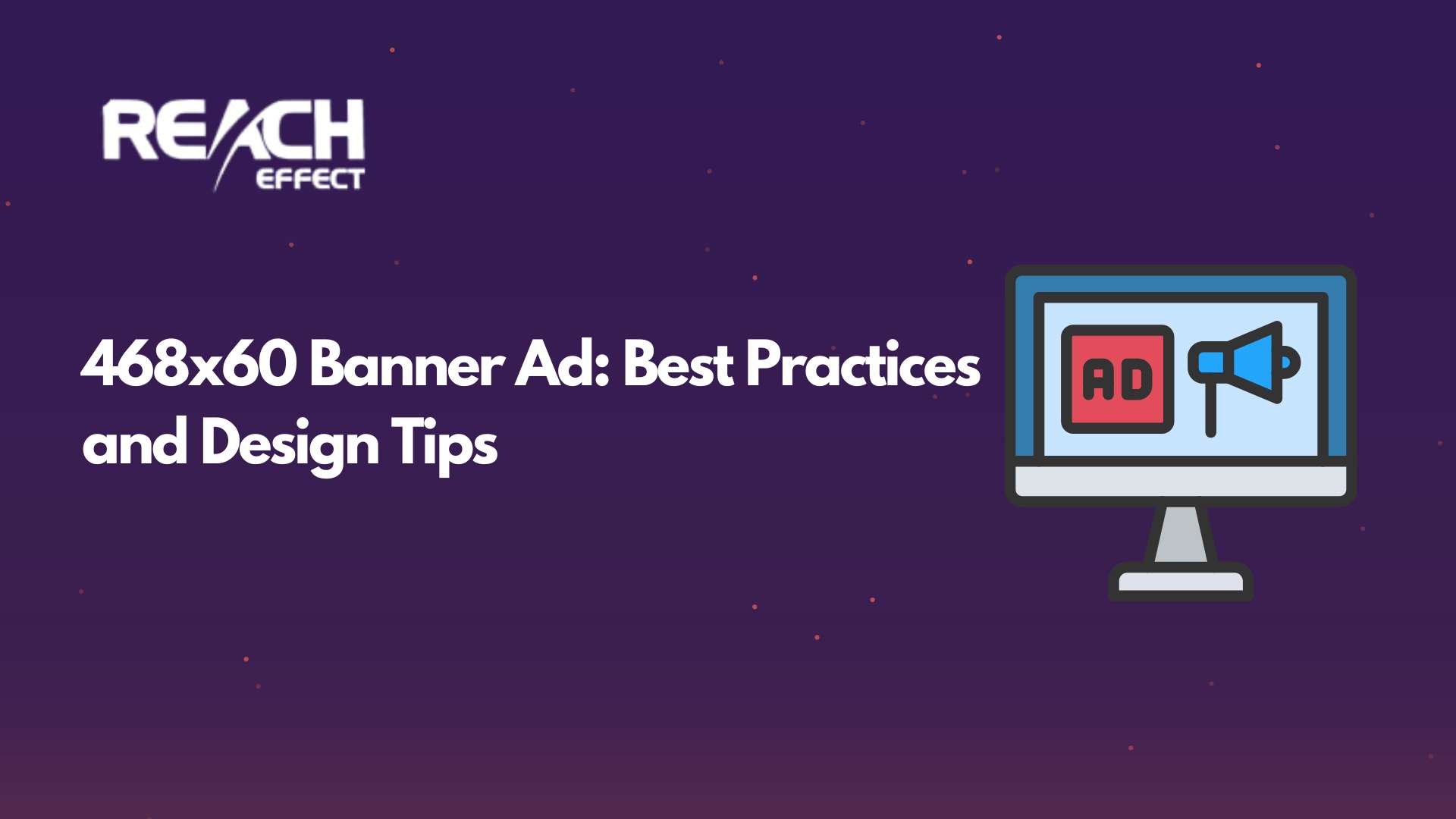When I first started working with app developers, the most common question I heard was always the same: “How much money can my app actually make from ads?” It’s a fair question, especially when you’ve poured months of work into building something you believe in. The answer in 2025 is more promising than ever before, but it’s also more nuanced than a simple number.
The mobile advertising landscape has transformed dramatically. The in-app advertising market is projected to reach $390 billion globally by 2025, which represents massive growth compared to just a few years ago. But what does this mean for your specific app? That depends on several critical factors that can make the difference between earning pocket change and building a sustainable income stream.
Understanding the Real Revenue Potential
A mobile app with 100,000 monthly active users can realistically generate between $5,000 and $100,000+ in monthly ad revenue. That wide range exists because your earnings depend on far more than just user numbers.
Your app category, where your users are located, which ad formats you choose, and how thoughtfully you implement them all play crucial roles.
I’ve seen apps with modest user bases outperform apps with millions of downloads simply because they understood their audience better and made smarter monetization decisions. The key is understanding what drives those numbers up or down.
What Determines Your App’s Ad Revenue
Several factors work together to determine how much money your app can generate:
Your User Geography Makes a Huge Difference
Not all users generate equal revenue. The average eCPM rate in the United States is $11.80, compared to $9.20 in the UK and just $3.40 in Southeast Asia. This means 1,000 ad impressions from US users earn you almost four times more than the same number from Southeast Asian users.
This doesn’t mean you should ignore emerging markets. Apps targeting regions like Brazil, Vietnam, and India are seeing impressive growth trajectories. Vietnam experienced a sharp eCPM increase in 2024, reaching $2.34 in September for App Open ads, showing that these markets are maturing rapidly.
Ad Format Selection Changes Everything
The type of ads you choose has probably the biggest impact on your revenue. Think of ad formats as different tools in your monetization toolkit. Each one serves a specific purpose and generates different amounts of revenue.
Rewarded video and interstitial ads dominate revenue because they command high user attention and engagement. These full-screen formats interrupt the user experience momentarily, which is why advertisers pay premium rates for them.
Here’s what the numbers look like across different formats:
Rewarded video ads are the top earners. In the United States, rewarded video ads generated an eCPM of $19.21 for Android apps. These work brilliantly in gaming apps where users voluntarily watch ads to earn in-game rewards, creating a win-win situation.
Interstitial ads come in second. Japan saw interstitial ad rates peak at $10.78, while the United States reached $8.57. These full-screen ads appear at natural transition points in your app.
Banner ads provide steady but lower income. While they generate less revenue per impression, they’re less intrusive and can run continuously throughout the user session. On Android, banner ads in the United States average around $0.68 eCPM.
Your App Category Influences Earnings
Different app categories attract different advertiser interest and user engagement levels. Gaming apps typically lead in monetization potential because users spend more time in them and advertisers see high conversion rates. The gaming segment accounted for 28.9% of the market revenue share in 2024.
News and media apps also perform well. News apps lead in retention rates with 6.2% over the second-highest industry, which translates to more opportunities to serve ads and generate revenue.
Health and fitness apps are seeing remarkable growth. These apps saw the highest revenue growth among non-gaming apps, rising by 31% year-over-year, as users engage regularly with workout routines and health tracking features.
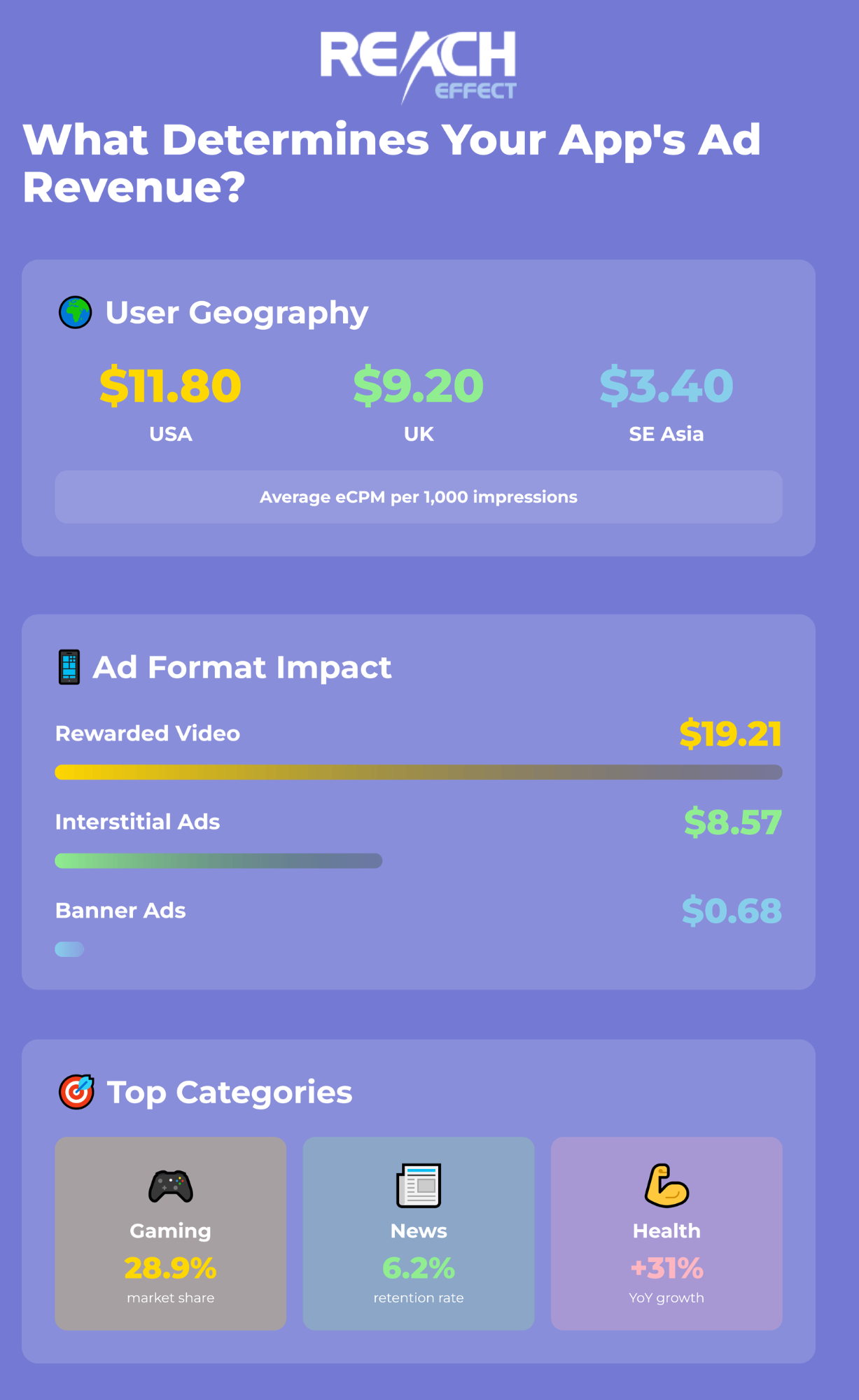
How the Numbers Actually Work
Understanding eCPM (effective cost per mille) is essential for projecting your potential earnings. This metric tells you how much revenue you generate for every 1,000 ad impressions served in your app.
The calculation is straightforward: take your total ad revenue, divide it by your total impressions, then multiply by 1,000. If your app earned $700 in a day from 200,000 impressions, your eCPM would be $3.50. This means every thousand impressions generated $3.50 in revenue.
But impressions per user vary dramatically based on your app design and user behavior. A casual gaming app might generate 20-50 impressions per user daily, while a utility app might only generate 3-5. This is where strategic thinking comes in.
Building a Realistic Revenue Model
When planning your app monetization strategy, start with realistic user engagement metrics. The average app retention rate on Day 1 is 24%, dropping to just 5.8% by Day 30. This means keeping users engaged is just as important as acquiring them in the first place.
Let’s walk through a practical example. Imagine you’ve built a puzzle game app targeting US users. You have 50,000 monthly active users who each generate an average of 100 ad impressions per month. You’re using a mix of banner ads and rewarded video.
If 70% of your impressions come from rewarded video (at $15 eCPM) and 30% from banners (at $0.60 eCPM), your math looks like this: 5,000,000 total monthly impressions, with 3,500,000 from rewarded video earning $52,500 and 1,500,000 from banners earning $900. That’s $53,400 monthly, or roughly $640,800 annually.
This example shows why format selection matters so much. If you relied entirely on banner ads, those same impressions would generate only $3,000 monthly.
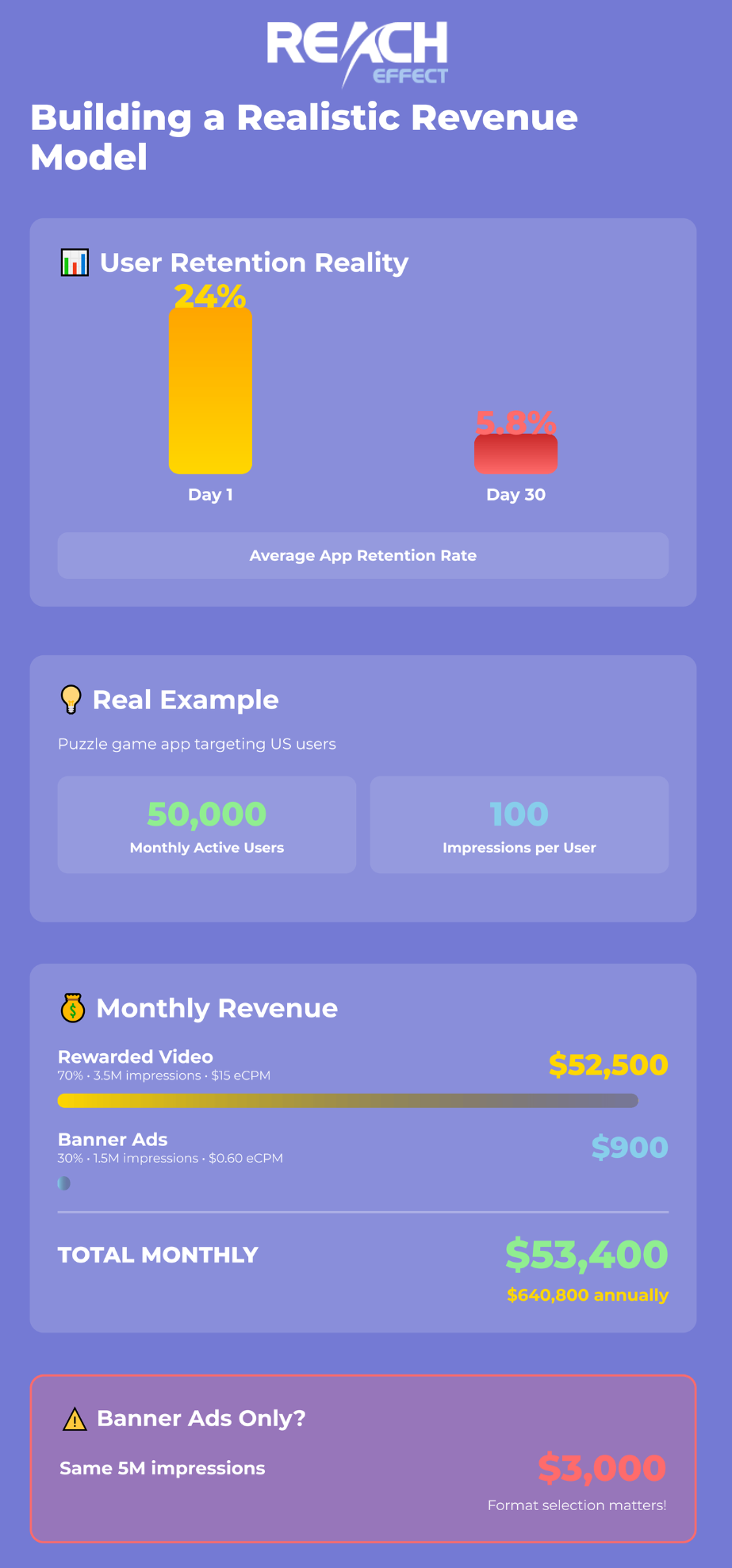
The Growth Trajectory for 2025 and Beyond
In-app advertising will account for 82.3% of all mobile ad spending by 2025, showing 126% growth over five years. This massive shift toward in-app advertising means more advertiser dollars competing for your inventory, which generally pushes rates higher.
Video content is becoming increasingly dominant. By 2025, 85% of all consumer internet traffic will come from video, which is great news for app developers because video ads command the highest rates.
Regional markets are evolving at different speeds. The Asia Pacific in-app advertising market is expected to grow at the fastest rate of 14.3% from 2025 to 2033, driven by rising smartphone penetration and increasing digital consumption.
Maximizing Your Revenue Without Hurting User Experience
The biggest mistake I see developers make is implementing ads without considering user experience. Aggressive ad placement might boost short-term revenue, but it destroys retention and ultimately costs you more money.
The most successful apps find natural moments to show ads. In a fitness app, that might be between workout sets. In a news app, it’s between articles. In a game, it’s at level completion screens.
Rewarded video ads show a 91% completion rate and 43% higher click-through than static banners because users choose to watch them. This voluntary engagement creates better experiences for users and better results for advertisers.
Testing different strategies is essential. Try various ad frequencies, placements, and formats. Track not just revenue but also user retention metrics. An extra $500 monthly from more aggressive ads means nothing if you’re losing 20% of your user base.
Platform Considerations: iOS vs Android
The platform split affects your revenue potential. Android held 67.3% of the market revenue share in 2024, which makes sense given Android’s larger global market share, especially in emerging markets.
However, iOS users have historically generated higher eCPMs because they tend to have greater purchasing power. The gap has narrowed somewhat due to privacy changes, but geography still matters more than platform for most developers.
Hybrid Monetization Strategies
Smart developers don’t rely solely on advertising. Apps using subscription models have 4.6 times higher average revenue per user compared to ad-only monetized apps. Over 60% of top-grossing apps use hybrid monetization strategies combining ads, in-app purchases, and subscriptions.
This approach works because it gives users choices. Some users prefer watching ads to access free content. Others happily pay to remove ads entirely. Power users might subscribe for premium features. Offering multiple paths to value captures more of your potential revenue.
At Reacheffect, we help advertisers understand these dynamics and optimize their advertising strategies across mobile platforms. Whether you’re a developer monetizing your app or an advertiser looking to reach mobile audiences effectively, understanding these revenue mechanics is crucial.
Looking Ahead: What to Expect
The trajectory for in-app advertising remains strong. The in-app advertising market is expected to demonstrate an annual growth rate of 7.88%, leading to a projected market volume of $569.95 billion by 2030.
Privacy regulations continue shaping the landscape, but they’re pushing the industry toward better solutions rather than limiting opportunities. Contextual targeting and first-party data strategies are becoming more sophisticated, allowing advertisers to reach relevant audiences without invasive tracking.
For app developers, this means the fundamentals matter more than ever. Building engaging apps that people want to use regularly, choosing ad formats thoughtfully, and respecting user experience will always generate better long-term results than trying to maximize every penny through aggressive monetization.
The real answer to how much an app can make from advertising in 2025 is this: it depends on you. The market opportunity is substantial and growing. Your execution determines where you land within that range.

